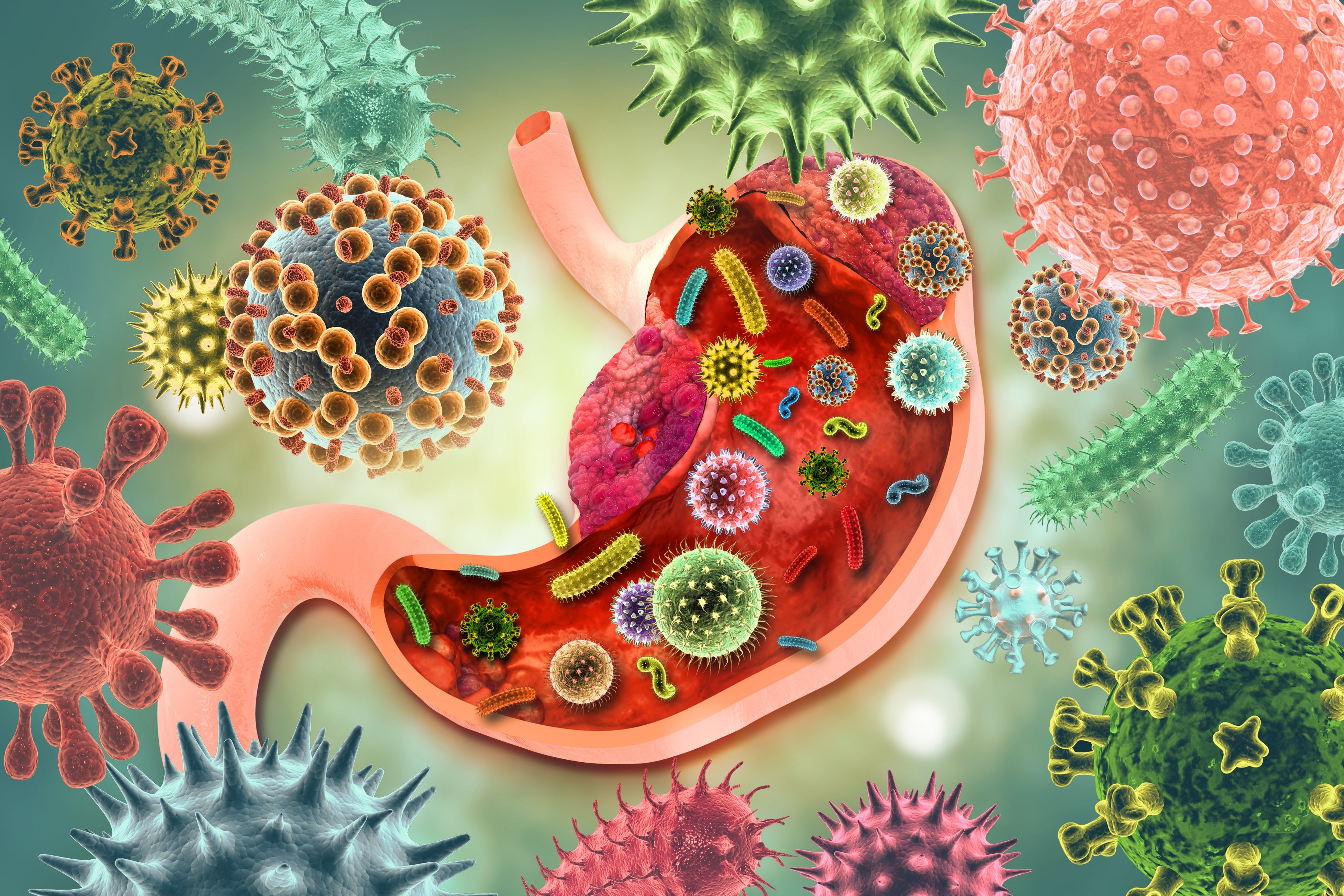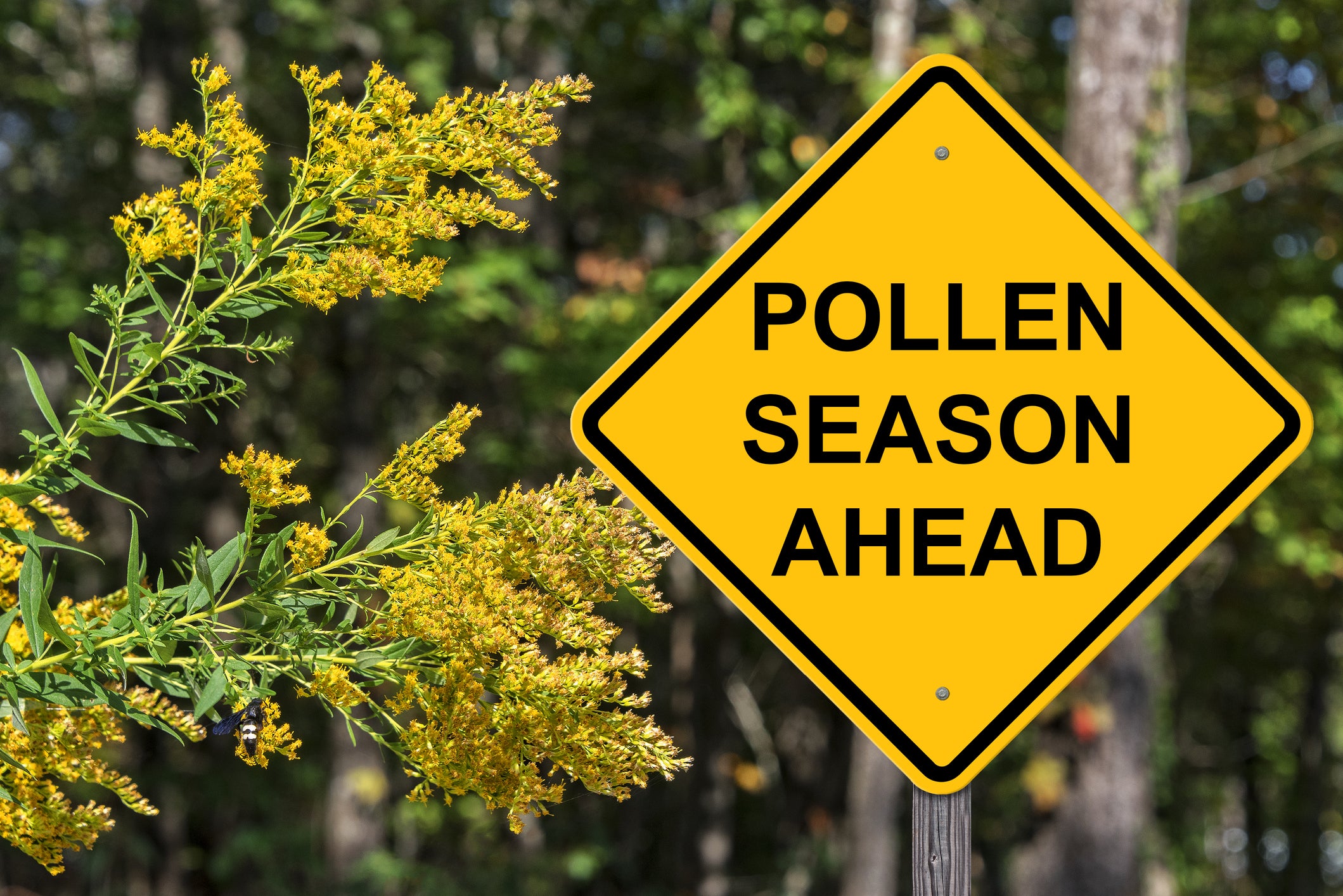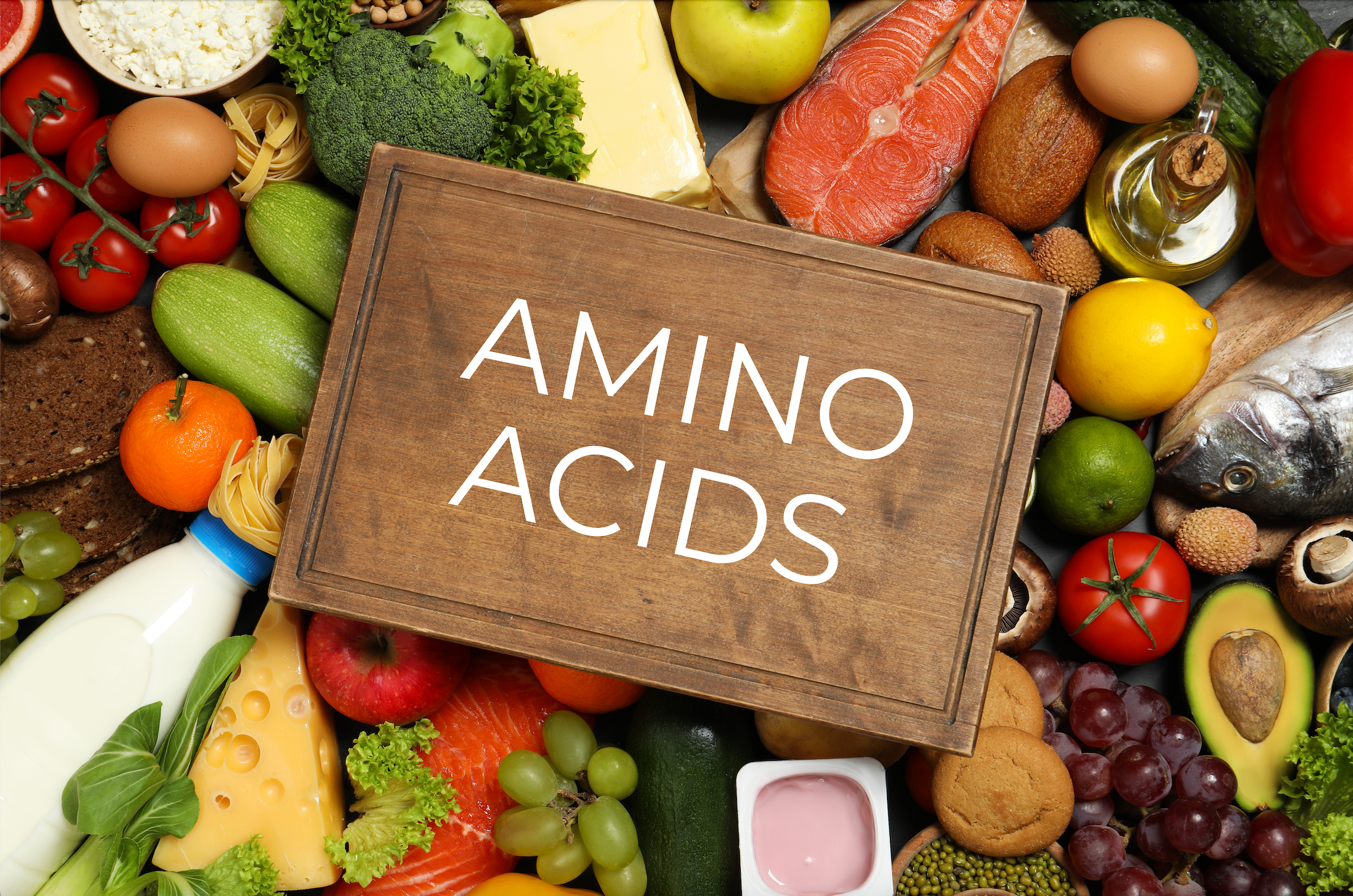Author: Megan Jones (Adv.Dip.NutMed, BHsc.NutMed)
Autoimmunity affects up to 9% of the world's population, meaning globally, tens of millions of people have been diagnosed with at least one auto-immune condition. Alarmingly, it is estimated that autoimmune diseases are on the rise globally by between 3% and 9% a year, and a clear gender bias exists: with autoimmunity tending to affect women more frequently than men, at a rate of 2:1.3
Key takeaways:
- When our immune system malfunctions and becomes overactive, it can mistakenly attack our healthy cells and cause autoimmunity.4
- Autoimmune diseases can be chronic, have varying degrees of severity, and are typically managed rather than cured.5
- For those who might be genetically susceptible, food can mount an auto-immune response by way of ‘molecular mimicry’.6
- Common autoimmune conditions experienced globally include multiple sclerosis, type 1 diabetes mellitus, Crohn’s disease and rheumatoid arthritis.7,8
- Supporting a healthy immune system and reducing inflammation by way of nutrient-dense food and supplementation like Nuzest’s Good Green Vitality can be effective management tools for those with autoimmunity.9
What is autoimmunity?
A healthy immune system defends our bodies against disease and infection. It can distinguish between its own cells versus unrecognised specimens or pathogens such as bacteria, viruses or harmful microorganisms.10 It mounts an appropriate and temporary inflammatory response to combat these invaders, and eventually returns our body to a state of balance, aka “homeostasis”.11
When our body's immune system malfunctions however, it becomes overactive, mistakenly recognising its own healthy cells as foreign. It attacks not only cells, but tissues and organs as well, resulting not only in chronic inflammation but also weaker bodily function – giving rise to autoimmunity.12
Autoimmune diseases
Whilst the exact mechanism of autoimmune conditions is not well understood,13 research tells us that the development of an autoimmune disease requires a combination of environmental and genetic factors.16
Autoimmune diseases can be chronic, have varying degrees of severity, and are typically managed rather than cured. Treatment approaches aim to control the immune response, reduce inflammation, and alleviate symptoms, which may involve the use of medications to suppress the immune system, relieve pain, and manage specific symptoms. Lifestyle modifications, such as implementing a healthy diet, regular exercise, and stress management, are also prescribed and deemed beneficial.14
Certain genes are known to predispose individuals to develop autoimmune diseases, whilst the environmental triggers include not just food/diet, but also infections, medications, hormonal changes and exposure to toxic chemicals. These chemicals can be found in our food, drink, common household products, the air, and even the land we walk on.15
How does nutrition impact autoimmunity?
Sadly, the food many of us eat every day can contain colourants, preservatives, or packaging-related chemical contamination. For those who might be genetically susceptible, the food itself can mount an auto-immune response (by presenting antibodies). The most common mechanism for food-related autoimmunity is molecular mimicry - this occurs when food's molecular structure bears a similarity with the structure of one or more of the body’s tissues. The body will detect the trigger, remove the molecule (tissue) from the environment or diet, then repair the damage using an inflammatory response.6 Gluten is a prime example of molecular mimicry because some of its components closely resemble molecules found in the lining of our intestines – tricking our immune system into attacking both the perceived "invaders" (gluten) and the healthy cells within our gut.17
Multiple Sclerosis
While each autoimmune disease has its own unique presentation, collectively they share the same underlying feature - the immune system's dysfunctional response.
Common autoimmune conditions include type 1 diabetes mellitus, Crohn's disease and rheumatoid arthritis affecting tens of millions of people worldwide, but here at Nuzest it is Multiple Sclerosis (MS), which lies at the very core of our brand and is a condition close to our hearts.
MS is a chronic autoimmune disease of the central nervous system and is one of the most common neurological disorders worldwide – with almost 3 million people diagnosed,18 and a diagnosis happening somewhere in the world every 5 minutes. It is characterised by inflammation and neurodegeneration of the central nervous system, where the immune system attacks the protective myelin sheath layer that surrounds the axon of neurons, disrupting communication between the brain and spinal cord. During a “flare up”, this causes symptoms such as fatigue, numbness, dizziness and mental or cognitive impairment.19
Other than genetic, various environmental factors seem to play a role in the development of MS. Microbial and viral infections, smoking, vitamin D insufficiency, sun exposure, obesity, and dietary habits have all been associated with MS development.20
Monique’s story
After our co-founder Monique was diagnosed with MS in her early twenties, her father, Trevor, started looking into natural therapies to improve and prolong her quality of life.
Speaking with doctors and health practitioners all over the world, the one message that kept coming back was that good nutrition and a healthy, balanced lifestyle were essential to good health and longevity.
This journey led both Monique and Trevor to careers in the natural health industry and through this experience they saw an opportunity to improve on what was available in the market; to create nutritional products that would genuinely support people’s health – not just read well on the labels. In 2012 they joined forces and Nuzest was born.
By nourishing our bodies with the right foods, we provide it with the building blocks it needs to support a healthy immune system and reduce inflammation. Containing powerful nutrients, wholefoods help to modulate the immune response, decrease inflammation, and promote optimal cellular function. However, when our lifestyles mean we are not acquiring the recommended intake of the wide range of nutrients our bodies need, quality supplementation with multi-nutrient formulas like our Good Green Vitality can help to not only fill these nutritional gaps but provide additional nutritional support. This both supports proper function of our immune system and support us all in our quest towards optimal health and vitality.
References:
- Mazzucca CB, Raineri D, Cappellano G, Chiocchetti A. How to Tackle the Relationship between Autoimmune Diseases and Diet: Well Begun Is Half-Done. Nutrients. 2021 Nov 5;13(11):3956.
- McKie R. Global spread of autoimmune disease blamed on western diet [Internet]. the Guardian. 2022. Available from: https://www.theguardian.com/science/2022/jan/08/global-spread-of-autoimmune-disease-blamed-on-western-diet
- Angum F, Khan T, Kaler J, Siddiqui L, Hussain A. The Prevalence of Autoimmune Disorders in Women: A Narrative Review. Cureus [Internet]. 2020 May 13;12(5). Available from: https://www.cureus.com/articles/31952-the-prevalence-of-autoimmune-disorders-in-women-a-narrative-review
- Committee for the Assessment of NIH Research on Autoimmune Diseases, Board on Population Health and Public Health Practice, Health and Medicine Division, National Academies of Sciences, Engineering, and Medicine. Enhancing NIH Research on Autoimmune Disease [Internet]. PubMed. Washington (DC): National Academies Press (US); 2022 [cited 2023 Jun 5]. Available from: https://pubmed.ncbi.nlm.nih.gov/35593778/
- Angum F, Khan T, Kaler J, Siddiqui L, Hussain A. The Prevalence of Autoimmune Disorders in Women: A Narrative Review. Cureus [Internet]. 2020 May 13;12(5). Available from: https://www.cureus.com/articles/31952-the-prevalence-of-autoimmune-disorders-in-women-a-narrative-review
- Vojdani A. Molecular mimicry as a mechanism for food immune reactivities and autoimmunity. Alternative Therapies in Health and Medicine [Internet]. 2015 [cited 2022 Jun 19];21 Suppl 1:34–45. Available from: https://pubmed.ncbi.nlm.nih.gov/25599184/
- Barkhane Z, Elmadi J, Kumar LS, Pugalenthi LS, Ahmad M, Reddy S. Multiple Sclerosis and Autoimmunity: A Veiled Relationship. Cureus [Internet]. 2022 Apr 19;14(4). Available from: https://www.cureus.com/articles/92514-multiple-sclerosis-and-autoimmunity-a-veiled-relationship
- Ramagopalan SV, Dyment DA, Valdar W, Herrera B, Criscuoli MG, Yee IM, et al. Autoimmune disease in families with multiple sclerosis: a population-based study. Lancet Neurology. 2007 Jul 1;6(7):604–10.
- Mazzucca CB, Raineri D, Cappellano G, Chiocchetti A. How to Tackle the Relationship between Autoimmune Diseases and Diet: Well Begun Is Half-Done. Nutrients. 2021 Nov 5;13(11):3956.
- Justiz AA, Jan A. Physiology, Immune Response [Internet]. Nih.gov. StatPearls Publishing; 2019. Available from: https://www.ncbi.nlm.nih.gov/books/NBK539801/
- Iwasaki A, Medzhitov R. Control of adaptive immunity by the innate immune system. Nature Immunology [Internet]. 2015 Mar 19;16(4):343–53. Available from: https://www.ncbi.nlm.nih.gov/pmc/articles/PMC4507498/
- Chaplin DD. Overview of the immune response. Journal of Allergy and Clinical Immunology [Internet]. 2010 Feb;125(2):S3–23. Available from: https://www.ncbi.nlm.nih.gov/pmc/articles/PMC2923430/
- Angum F, Khan T, Kaler J, Siddiqui L, Hussain A. The Prevalence of Autoimmune Disorders in Women: A Narrative Review. Cureus [Internet]. 2020 May 13;12(5). Available from: https://www.cureus.com/articles/31952-the-prevalence-of-autoimmune-disorders-in-women-a-narrative-review
- Vojdani A, Vojdani E. The Role of Exposomes in the Pathophysiology of Autoimmune Diseases I: Toxic Chemicals and Food. Pathophysiology. 2021 Dec 18;28(4):513–43.
- Vojdani A, Vojdani E. The Role of Exposomes in the Pathophysiology of Autoimmune Diseases I: Toxic Chemicals and Food. Pathophysiology. 2021 Dec 18;28(4):513–43.
- Jörg S, Grohme DA, Erzler M, Binsfeld M, Haghikia A, Müller DN, et al. Environmental factors in autoimmune diseases and their role in multiple sclerosis. Cellular and Molecular Life Sciences [Internet]. 2016 Aug 4 [cited 2019 Aug 22];73(24):4611–22. Available from: https://www.ncbi.nlm.nih.gov/pmc/articles/PMC5097114/
- Ihnatowicz P, Wątor P, Drywień M. The importance of gluten exclusion in the management of Hashimoto’s thyroiditis. Annals of Agricultural and Environmental Medicine. 2021 May 28;
- Multiple Sclerosis and Diet: All You Need to Know. Healthline [Internet]. 2020 Nov 27; Available from: https://www.healthline.com/nutrition/multiple-sclerosis-foods-to-avoid
- Tervonen T, Fox RJ, Brooks A, Sidorenko T, Boyanova N, Levitan B, et al. Treatment preferences in relation to fatigue of patients with relapsing multiple sclerosis: A discrete choice experiment. Multiple Sclerosis Journal - Experimental, Translational and Clinical. 2023 Jan;9(1):205521732211503.
- Stoiloudis P, Kesidou E, Bakirtzis C, Sintila SA, Konstantinidou N, Boziki M, et al. The Role of Diet and Interventions on Multiple Sclerosis: A Review. Nutrients [Internet]. 2022 Jan 1;14(6):1150. Available from: https://www.mdpi.com/2072-6643/14/6/1150

















































